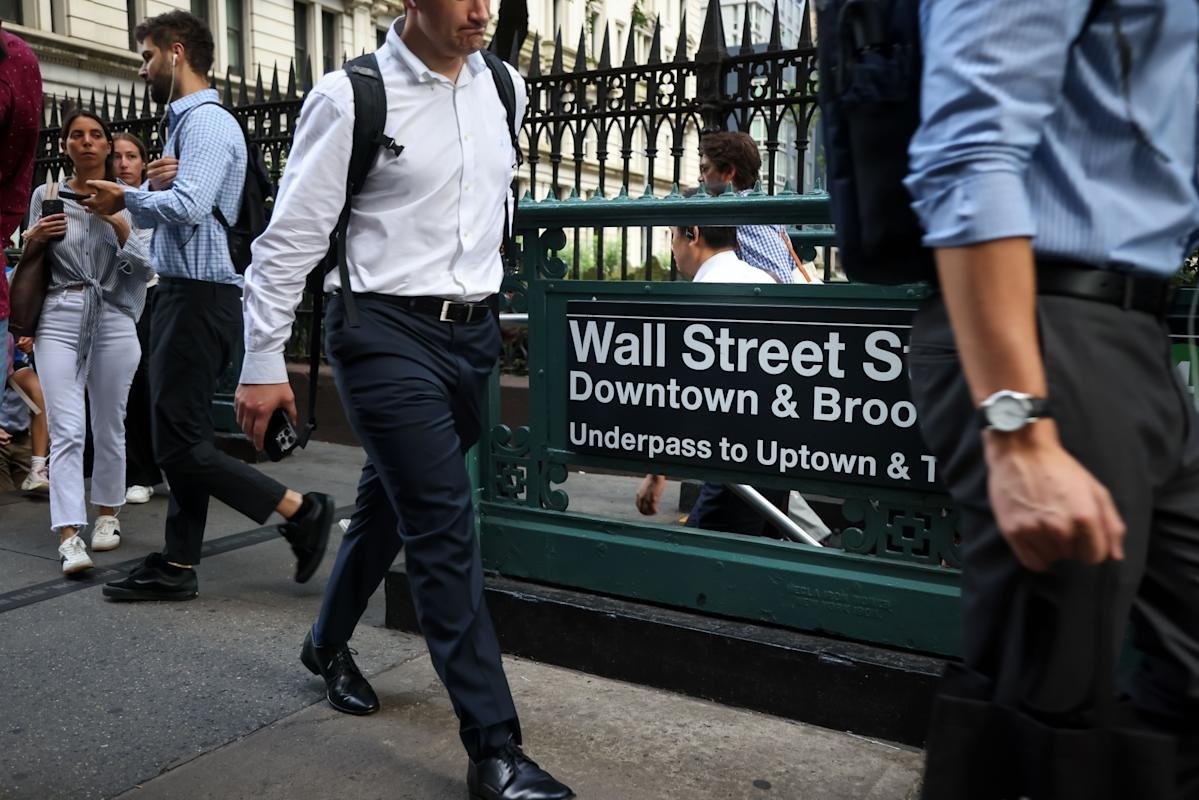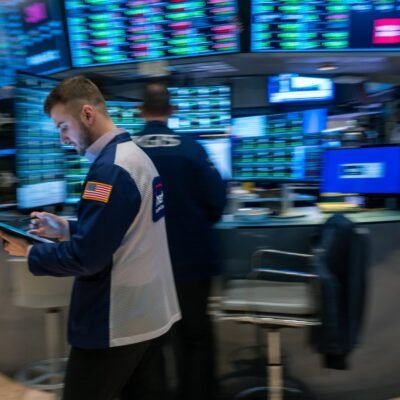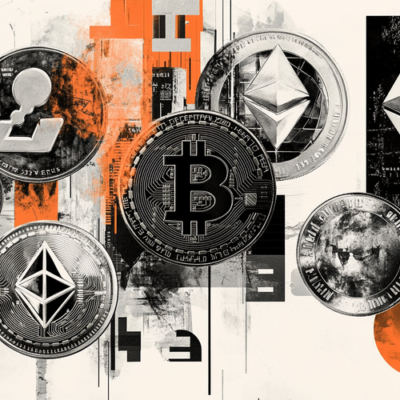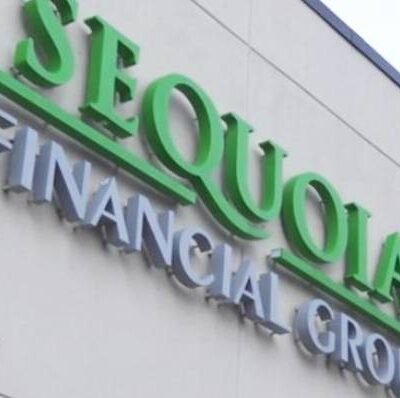(Bloomberg) — Wall Street trading desks expect a hot inflation print when the consumer price index hits Thursday, but they aren’t preparing for a big reaction from stocks with jobs dominating the market narrative.
Options traders are betting the S&P 500 Index will post a modest swing of nearly 0.7% in either direction following the CPI report, according to Stuart Kaiser, Citigroup Inc.’s head of US equity trading strategy. That’s less than the average realized CPI day move of 0.9% over the past year, and below expectations for the next jobs report on Oct. 3. And Kaiser thinks the implied move is high.
Most Read from Bloomberg
It’s all about how traders are gaming out the Federal Reserve’s interest-rate path. US jobs data is showing weakness at a level that threatens economic growth, so the central bank is expected to reduce the fed funds rate by a quarter of a percentage point when its meeting concludes on Sept. 17 and perhaps continue with more cuts at its meetings in October and December.
Wall Street is acutely focused on the Fed’s thinking, with more than a full percentage point of rate cuts priced in over the next year. Rising inflation could derail that.
“We do not think there is a credible threat to the print that would force the Fed to remain paused in September,” Andrew Tyler, JPMorgan Chase & Co.’s global head of market intelligence, wrote in a note to clients on Monday. “However, we do think a materially hawkish print here adjusts the Fed’s reaction function to October and December meetings.”
Several big banks have adjusted their forecasts on the assumption that the Fed will cut rates more than they had been expecting. For example, Barclays economists now expect three quarter-point cuts this year, followed by another two in 2026.
The CPI report will add to the mosaic of data prints US traders will need to parse for additional clues on the Fed’s interest-rate path.
If consumer prices spike in this report, “then it is likely we see inflation acceleration into year-end and into 2026,” Tyler wrote. That outcome is likely to keep the Fed on hold at its October and December meetings, particularly as economic growth metrics like gross domestic product continue to move higher, according to Tyler.





